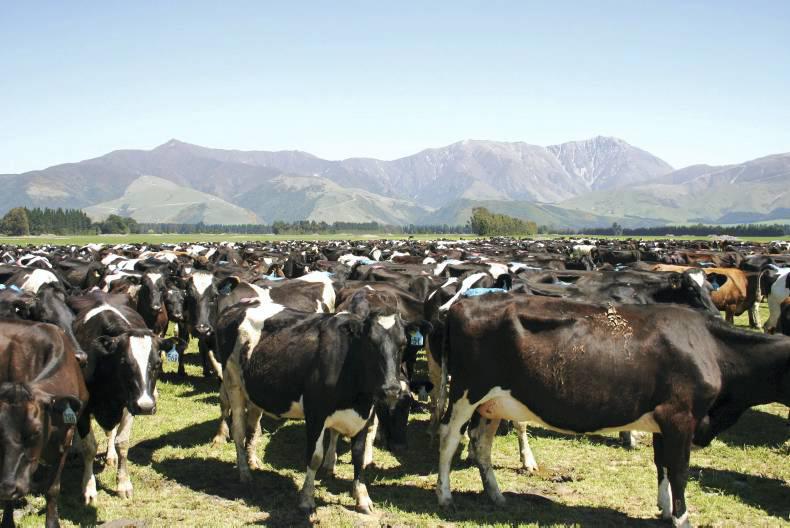Weather patterns in the southern hemisphere this year are not seen to pose a threat to agricultural production. This is in the line with the increasingly high harvest forecasts for grain this year, with the International Grains Council announcing that the projection for world total grains production in 2016/'17 now stands at 2,015mt, the second highest on record. Commodity prices are therefore unlikely to increase any time soon.
Speaking to the Irish Farmers Journal, AccuWeather chief international meteorologist Jason Nicholls explained that the fading El Nino and possible onset of La Nina later this Australian winter (June/July August) should mean normal to above normal rainfall across much of southern and eastern Australia as well as New Zealand.
"A full La Nina may not be declared until the south hemisphere spring (September/October/November) but impacts from the fading El Nino are already being noticed worldwide, with increasing rain in parts of south east Asia, namely Indonesia and Malaysia. Even without a full La Nina, Australia and other parts of the world will experience La Nina like conditions by the end of the June/July/August period.
"Another big factor will be the state of the Indian Ocean, namely the Indian Ocean Dipole (IOD) ... The IOD is shown to become negative as La Nina conditions develop and the two together are good signs for ample to excessive rainfall across Australia and New Zealand," he said.
Winter grains
Agriculture in Australia during June/July/August is mostly winter grains which will be dormant much of the period, though rains in May and June are generally good for establishment and germination of these grains, Nicholls said.
"Rainfall has been good for establishment as of late and looks to remain favorable through the winter. Rainfall in Australia will become very important in their spring and early summer as grain exit dormancy and mature toward harvest. Most modeling indicates the wet patter from June/July/August will carry into September/October/November/December, which should mean favorable winter grain prospects. If the forecast holds then it looks to be a good start for summer crops across Australia as we close 2016 and head into 2017," he said.
Predicted dry weather
Australia experienced some dryness during 2014, but warm water around Australia and New Zealand helped neutralise the drying effects typical of El Nino across the nations in 2015 and 2016.
"As a result, there were no serious drought problems for much of the crop areas as is fairly typical during El Nino years. So overall crop prospects have been good this year," Nicholls said.
The predicted dry weather was widely expected to drop New Zealand milk production even further, but it never materialised.
South America
El Nino brought flooding rains to northern Argentina and southern Brazil this past winter into summer which is typical, Nicholls said, but failed to deliver the much-needed drought relief to central Chile.
"El Ninos are typically wet in central Chile during their wet season (May/June/July/August) but the region failed to get these rains. As El Nino has faded and the expected onset of La Nina impacts, drought conditions will likely continue with little relief across Chile.
"The one area of South America that may benefit from the change to La Nina conditions are Venezuela and Colombia – both have been in terrible droughts but there are signs that conditions over the next several months should help chip away at these droughts," he said.
Monday grain market update: markets unfazed by record harvest predictions






 This is a subscriber-only article
This is a subscriber-only article









SHARING OPTIONS: